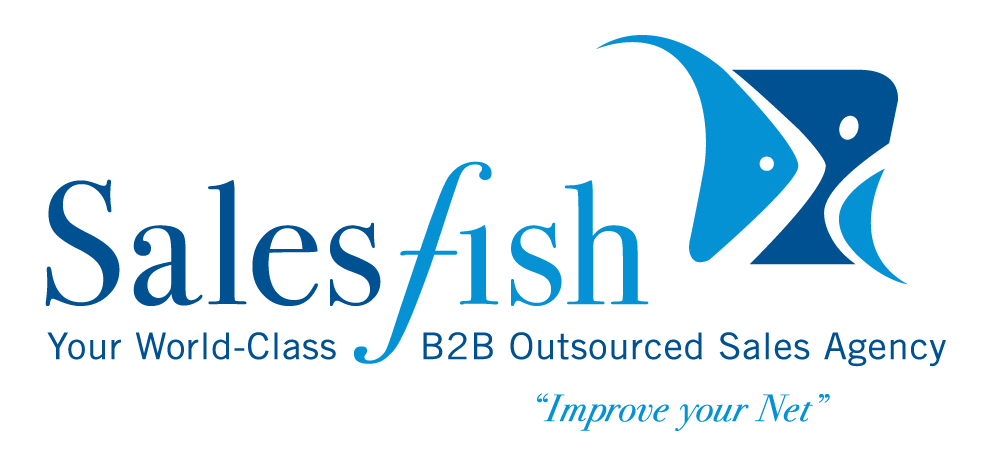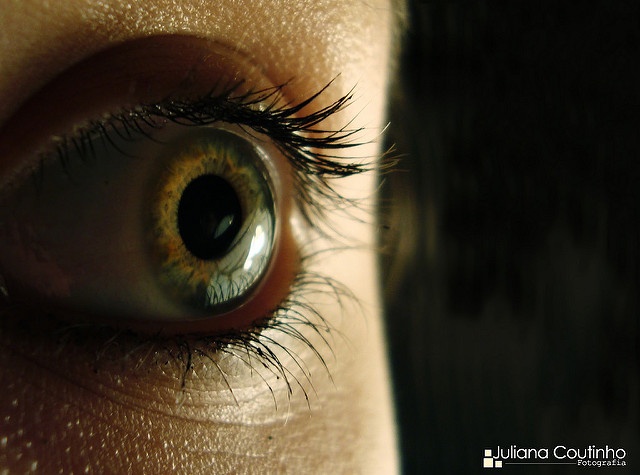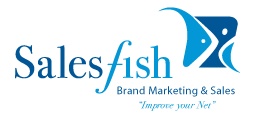Welcome to SalesFish Brand Marketing & Sales, the most strategically biased B2B Marketing Agency, telemarketing services, telemarketing companies (sales agency) and digital marketing companies, serving Orange County, Los Angeles, San Jose, Sacramento and the Pacific Northwest (Bend, Portland, Seattle). We gladly serve California and all 50 United States!
“Don’t take my word for it. Watch someone in the airport read a magazine. They whip through, usually backward, at about two seconds per page. They glance at the clock on the wall…They look at a page. They see your ad…If you can get them to take in your visual (or read your headline), your ad is a resounding success.” Luke Sullivan, Hey Whipple, Squeeze This.
If marketing is like dating, then advertising is the part where you walk in the room and see how many heads turn. To get noticed, you have to look good—but is looking good enough? Nope. Even that “love at first sight” moment is more about connection than just good looks. The greatest attraction is when we can see ourselves in someone else’s eyes, identify parts of ourselves in a kindred spirit.
The great English poet Matthew Arnold spoke of the moment when,
Our eyes can in another’s eyes read clear,
When our world-deafen’d ear
Is by the tones of a loved voice caress’d—
A bolt is shot back somewhere in our breast,
And a lost pulse of feeling stirs again.
The eye sinks inward, and the heart lies plain…
It’s a hyper-competitive marketplace out there with a lot of pretty faces; only the most engaging and relatable will get noticed in the crowd. The best brands use carefully-considered imagery to aim at the heart, and woo their prospects by setting them on a pedestal.
There’s no doubt that images can be compelling and are a crucial part of successful brand communication. But it’s not enough to have a nice-looking logo or a well-designed ad. Your visual presentation has to make a connection to something relatable. The best images tell a story, one in which your audience becomes the main character in your brand narrative.
The problem with most brand presentations—from logos to ad campaigns—isn’t a lack of skillful execution; it’s a lack of connection. Form means nothing if it doesn’t express the substance behind your brand and how it relates to our lives. It’s not enough to have nice pictures, sharp graphics or clever ads. We’ve all seen or heard ads that made us laugh or moved us to tears, after which we’ve promptly forgotten the product. There’s a difference between getting people’s attention and inspiring them to say, “They really get me!”
The effective use of imagery in brand communications is a big topic, so I’m going to give you a few timeless tips you can take to the bank, some really useful stuff!
Feel What They Feel
Any time you sit down to create an ad campaign, a Web page or a social media post, you’re going to have to decide how best to present to your audience. Do not function from what you like, from what seems to look nice, or from a motivation to tell people all about yourself and what you’re selling. Instead, decide what you want your audience to feel when exposed to your message.
Veteran ad man and Hey Whipple, Squeeze This author Luke Sullivan advises, “Stare at a picture that has the emotion of the ad you want to do.” If you want to create an ad that will make people cry, expose yourself to ads that make you cry. If you want to create a YouTube video that will make people laugh all the way to their wallets, then spend an afternoon (or three) watching videos that get you rolling on the floor.
The point is, get into the feel before you start creating. Once you are in the emotional position you want to put others into, you are more likely to choose imagery and headlines that will get attention.
Simplicity, simplicity, simplicity!
Do you have the confidence and self-control to make your ads as simple as possible? When it comes to advertising, it’s very true that “less is more.” I cannot tell you how many clients have nodded their heads in agreement at the concept, and then fought me when I sharpened the axe.
Ads were not meant to be brochures. Brochures were meant to be brochures. Effective ads take one benefit and express it in an image (along with, sometimes, a headline and maybe even a little bit of copy).
“Be visual and go short on copy,” writes Sullivan. “Granted, if you interest readers with a good visual or headline, yes, they may go on to read your copy. But the point is, visuals work fast…they translate, not surprisingly, better than words.”
German industrial designer Dieter Rams preaches that, “Good design is as little design as possible.” He advocates a simplicity that concentrates on the essential aspects and not burdening others with the non-essentials.
Certainly, today’s consumer reads less than even a decade ago and is bombarded with a constant overload of sensual stimuli. A simple, bold message stripped down to its essentials is more likely to slip through cognitive filters and get noticed.
But beyond that, “Every element you add to a [design] layout reduces the importance of all the other elements,” says Sullivan. “And conversely, every item you subtract raises the visibility and importance of what’s left.” Aha! You can dilute your own key message with ads that are too busy.
Abraham Lincoln once apologized that he didn’t have time to write a shorter speech. Sure, boiling down your ads to express one key benefit takes work; keeping your Home page from rambling takes skill and discipline. But better to have 100 people grasp one benefit you offer than to have 1 person read through 100 features you sell.
Storyselling
“If your stories are all about your products and services, that’s not storytelling. It’s a brochure. Give yourself permission to make the story bigger.” Jay Baer
Choose images that tell a story your audience can relate to—something true to life—and you’ll have them! Don’t just show photos of your product, show people using it in real life situations…or take the opposite approach. Depict your message with a completely unexpected scenario. I still remember one ad that showed a hippopotamus bobbing in the water, wearing a pair of water skis and holding a towrope. Now, this company could have used a glib picture of some perfect family enjoying a day waterskiing at the lake, and they could have given a rambling explanation of the power of their watercraft. Instead, they used an image that said it all in an unforgettable way. That hippo waiting to get up on the waves told a story.
Show, Don’t Tell
A picture tells a thousand words. If you can avoid adding more words to that 1000, do so. But if words help add impact, then be sparing—take the time to drill down to the best combination of brevity and impact.
Now, that ad with the hippo could have added the words, “our engines are 30% more powerful than the leading competitor,” but, um…yawn.
Stay tuned for more relevant content on creating world-class digital marketing strategies and B2B telemarketing sales strategies. We at SalesFish Brand Marketing & Sales thank you for joining us in our commitment to unwavering strategic planning, B2B brand marketing and B2B sales execution.
Call today and our “high-touch” dedicated team will assist you in assessing your strategic sales goals to tailor our marketing and sales tactics to your specific needs.
SalesFish Net of Sales Services:
- B2B Direct Sales, Channel Sales and Marketing Strategies
- On-Site B2B Presentation, Negotiation and Sales
- B2B Telemarketing and B2B Telesales Services
- Cold Calls and Appointment Setting
- Online Presentations and Webinars
- Product Awareness and Announcement Calls
- Primary Research: Quantitative and Qualitative Surveys
- Experiential Event Marketing
- Pre and Post-Event Calls
- Audience Acquisition, Exhibit Sales and Sponsorship Sales


